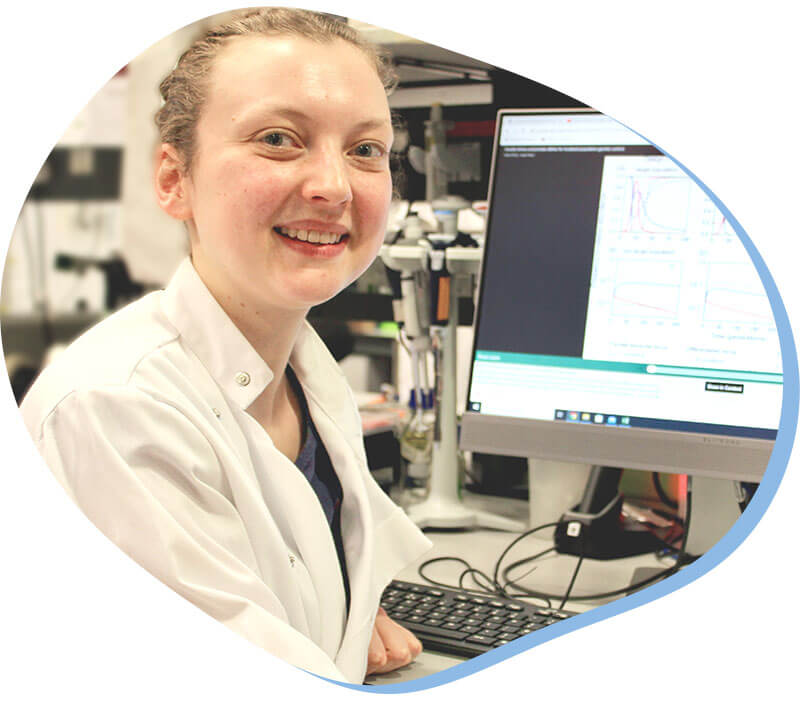Privacy Overview
This website uses cookies to improve your experience while you navigate through the website. Out of these cookies, the cookies that are categorized as necessary are stored on your browser as they are essential for the working of basic functionalities of the website. We also use third-party cookies that help us analyze and understand how you use this website. These cookies will be stored in your browser only with your consent. You also have the option to opt-out of these cookies. But opting out of some of these cookies may have an effect on your browsing experience.
Necessary cookies are absolutely essential for the website to function properly. This category only includes cookies that ensures basic functionalities and security features of the website. These cookies do not store any personal information.
Analytical cookies are used to understand how visitors interact with the website. These cookies help provide information on metrics the number of visitors, bounce rate, traffic source, etc.
| Cookie | Duration | Description |
|---|---|---|
| __ga | 6 months | Used by Google Analytics. Tracking Traffic Sources and Navigation |
| __gid | 6 months | Used by Google Analytics. Tracking Traffic Sources and Navigation |
| _gtag | 6 months | Used by Google Analytics. Tracking Traffic Sources and Navigation |
| _ga | 2 years | This cookie is installed by Google Analytics. The cookie is used to calculate visitor, session, campaign data and keep track of site usage for the site's analytics report. The cookies store information anonymously and assign a randomly generated number to identify unique visitors. |
| _ga_H30PGVN8B7 | 2 years | No description |
| vuid | 12 months | We use Vimeo to embed videos onto our website. These cookies are used by Vimeo to collect analytics tracking information. |


